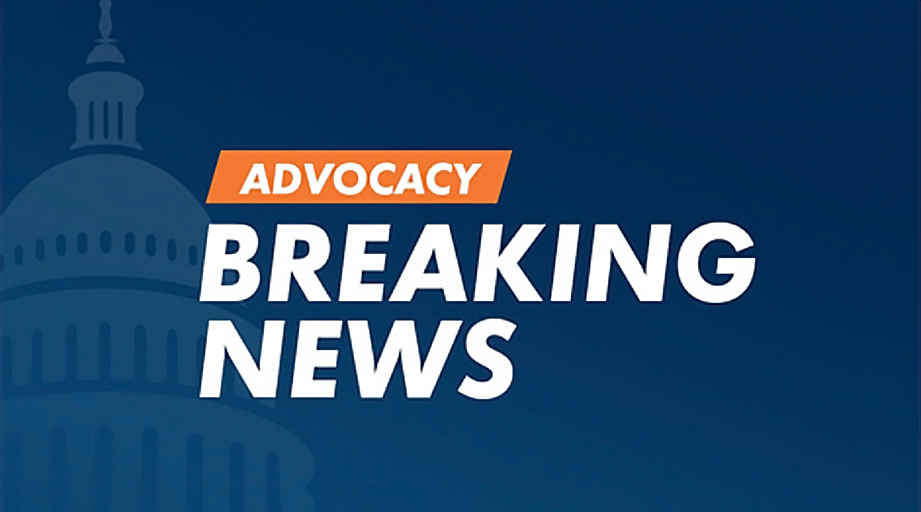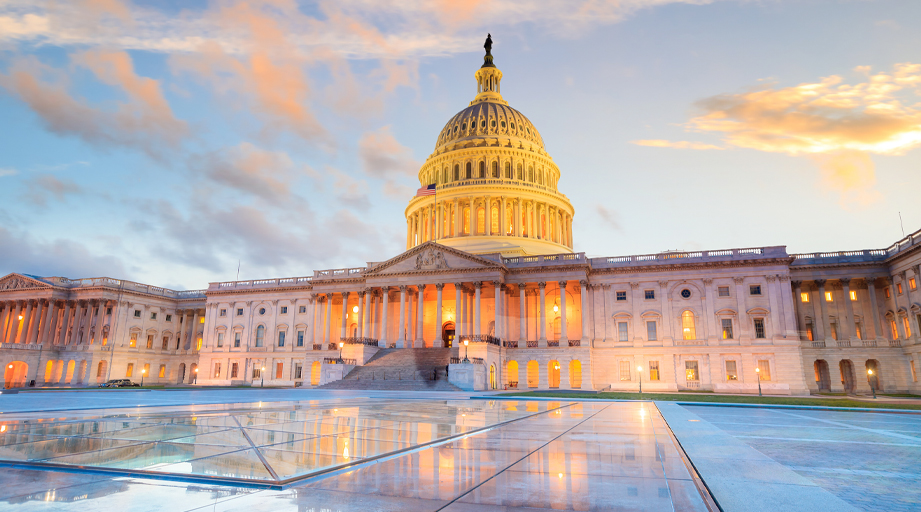
Several states have enacted laws this year to address the rising cost of prescription medications in pharmacy benefit programs, and statehouses across the country have grappled with hundreds of bills on the topic.
According to the nonprofit National Academy for State Health Policy, as of early July, 47 states had filed a total of 269 bills to control medication costs during the 2019 legislative year.
More than 100 bills, including at least 20 that were signed into law by early July, affect the practices of pharmacy benefit managers (PBMs).
Some of these new laws add or amend licensing or registration requirements for PBMs, impose transparency and reporting requirements, or prohibit PBMs from reimbursing pharmacies at less than defined drug acquisition costs.
“Increasing transparency of PBM practices is a priority for ASHP,” said Nicholas Gentile, ASHP’s Director of State Grassroots Advocacy and Political Action.
He said New York appears poised to pass an unusual law that, among other things, would allow a pharmacist or individual who has been harmed by a PBM’s decision to sue the PBM.
Across the country, much of the PBM-related legislation prohibits the use of so-called gag clauses in state-operated pharmacy programs. Gag clauses prevent pharmacists from informing patients when their copayment or coinsurance amount exceeds the cash price of a medication, making it cheaper to purchase the product outside of the pharmacy benefit.
Two federal laws were enacted last year to prevent the use of gag clauses in the Medicare Part D prescription drug program, Medicare Advantage plans, and commercial insurance plans. ASHP supports both laws.
New state laws also target PBMs’ use of direct and indirect remuneration (DIR) fees.
These performance-based fees are retroactively charged to pharmacies, sometimes long after claim adjudication. In the federal Medicare program, the fees have adversely affected pharmacy budgets.
“DIR fees have been imposed inconsistently and rely on quality measures that are inappropriate to assess pharmacy performance. It’s time for policymakers at that the state and federal level to act to curb the fees,” Gentile said.
ASHP’s House of Delegates last year adopted a policy stating that PBMs and payers should be prohibited from recovering DIR fees on adjudicated claims. The policy also opposes the application of plan-level quality measures on participating pharmacies.
ASHP in July joined dozens of stakeholders in a joint letter to the Senate Committee on Finance calling for legislative relief on DIR fees.
The Centers for Medicare and Medicaid Services solicited public comments last year on reforming DIR fees in some federal prescription programs. But in a final rule released in May, the agency declined to take action against the fees.
In Minnesota, South Dakota, and Utah, new laws affecting nonfederal pharmacy programs prohibit PBMs from reducing reimbursement retroactively on pharmacy claims for reasons other than errors.
Legislators in New Mexico introduced a similar bill to prohibit the retroactive reduction of reimbursement for claims involving pharmacists’ services.
This language is absent from the final bill, which became law in April. Instead, PBMs that administer state and local pharmacy benefit programs are prohibited from charging pharmacies fees based on metrics and scores, such as those that underlie some DIR models.
Jason Koury, president of the New Mexico Society of Health-System Pharmacists, said the organization’s legislative committee didn’t actively focus on the bill but does support the new legislation.
“We acknowledge that fees charged to pharmacies by PBMs for processing claims reduce reimbursement to pharmacies. This, among other things, decreases the sustainability of pharmacies,” he said in a written statement on behalf of the legislative committee.
State legislatures have also targeted actions by PBMs and insurers affecting the processing of copayment coupons from drug manufacturers.
The coupons have traditionally acted as cash at the pharmacy counter to cover some or all of the patient’s out-of-pocket costs. But some payers have worked with PBMs to implement strategies that prevent coupon dollars from counting toward a patient’s copayments, coinsurance, or annual deductible.
Virginia and West Virginia this year passed laws requiring health plans to require that the value of copayment coupons count toward patients’ out-of-pocket prescription medication costs. Arizona passed a similar law that applies mostly to drugs with no generic equivalent.
In contrast, New Hampshire and New Jersey are considering bills that would generally prohibit the use of manufacturers’ coupons to cover insured patients’ out-of-pocket costs. The proposed legislation targets circumstances in which the coupon would result in the dispensing of a higher-cost drug instead of a less-costly generic or therapeutic equivalent.
[This news story appears in the December 1, 2019, issue of AJHP.]








